The Facade design pattern is centered around "Association" over inheritance, correct?
If there is a car system like this:
Car (class)
-> Body (class)
-> Steer wheel (class)
-> Chassie (class)
-> Wheels (class)
Then these classes are not inherited from Car are they? Because in theory, I've been taught that inheritance has a "Can be" relationship.. "Person CAN BE a Student" ... "Car HAS A Chassie" Which would infer that it is Association?
Any ideas? :)
